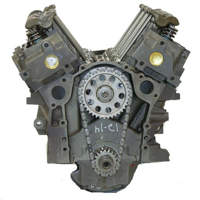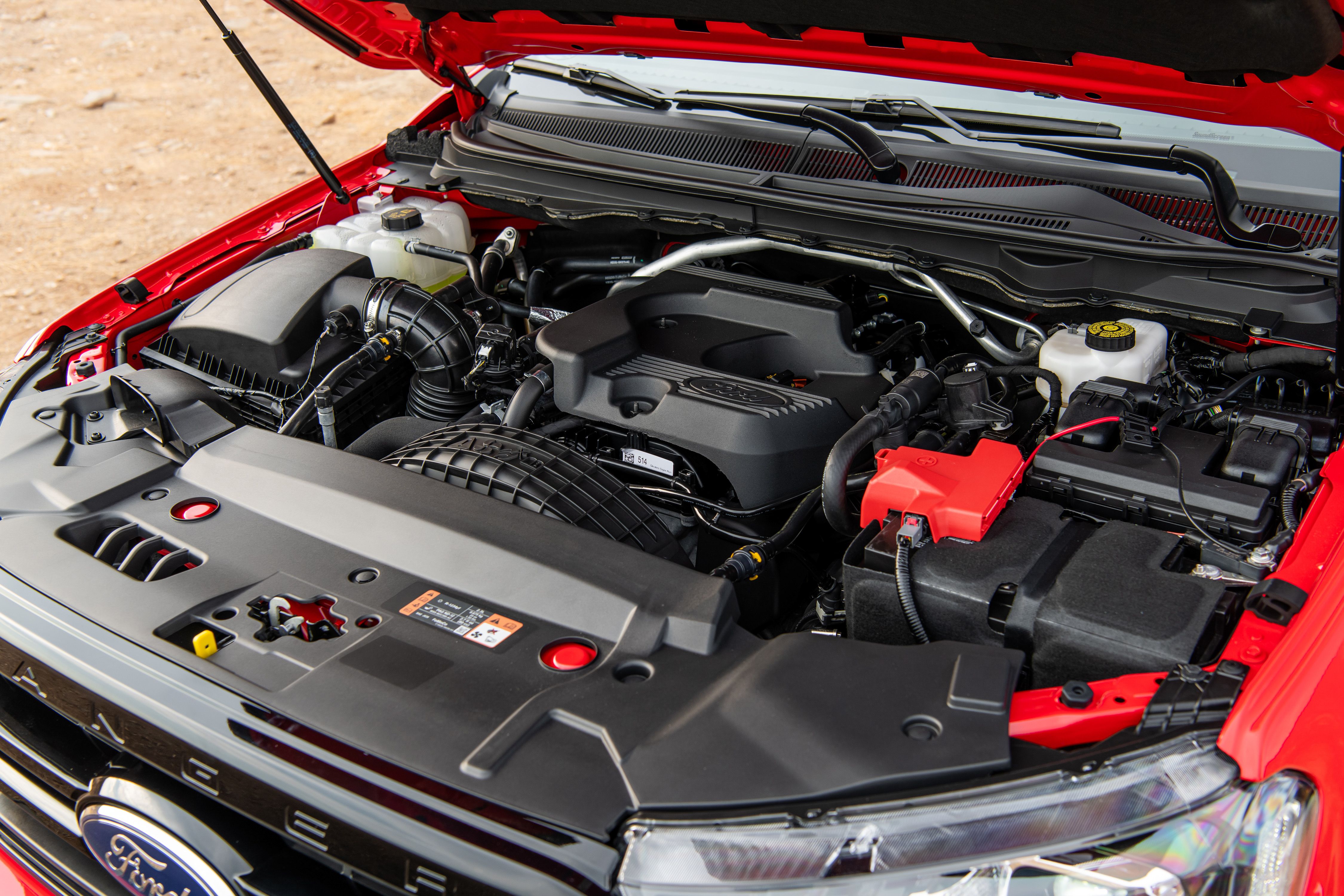Everything You Need to Know About the 2.2 Ford Ranger Engine and Its Performance
Everything You Need to Know About the 2.2 Ford Ranger Engine and Its Performance
Blog Article
Understanding the Basics of Vehicle Engines: Features, attributes, and kinds

Overview of Automobile Engines
A car engine functions as the heart of a car, transforming fuel into power to move it ahead. This intricate system comprises different parts that operate in unison to guarantee optimal efficiency and performance. The fundamental procedure of a cars and truck engine entails the interior combustion process, wherein fuel and air are combined, sparked, and expelled to produce power.
The engine's layout can significantly affect its efficiency, gas performance, and exhausts. Secret elements include the cyndrical tube block, pistons, crankshaft, and camshaft, each playing an important duty in the engine's general function.
In addition to these parts, engines commonly utilize numerous systems such as fuel shot, ignition, and cooling down systems to improve performance and long life. Comprehending the basic technicians of auto engines is necessary for performing and detecting problems maintenance, inevitably adding to the automobile's dependability and efficiency over time.

Types of Vehicle Engines
Automobile engines can be categorized right into several kinds based upon their design, fuel type, and functional principles. 2.2 ford ranger engine. One of the most typical groups include internal combustion engines (ICE), electric engines, and hybrid engines
Interior combustion engines, which can be further divided right into gas and diesel engines, run by igniting a fuel-air combination to create power. Gas engines are commonly lighter and smoother, while diesel motor are much more fuel-efficient and offer better torque.
Electric engines utilize electric energy saved in batteries to power an electric motor, supplying instant torque and zero discharges during operation. As modern technology advances, electric cars (EVs) are significantly ending up being prominent for their ecological advantages and lower running expenses.
Hybrid engines integrate elements of both internal combustion and electrical engines, enabling adaptable power sources and enhanced fuel effectiveness. They can run in different settings, utilizing either the gasoline engine, the electric motor, or both all at once.
Each type of engine has unique benefits and disadvantages, affecting their application in various car kinds and market sections, from small cars to heavy-duty trucks. Comprehending these types is important for making notified decisions regarding car selection and performance assumptions.
Engine Functions Clarified
Understanding engine features is essential for grasping how vehicles run successfully. At the core of any interior combustion engine lies the essential process of transforming fuel right into mechanical power. This process starts with the intake stroke, where air and fuel are drawn right into the combustion chamber. Following this, the compression stroke compresses the air-fuel mix, boosting its temperature level and stress.
The ignition occurs following, firing up the mixture and developing a rapid growth of gases. This pressure drives the piston down throughout the power stroke, which ultimately equates right into the rotational motion of the crankshaft. The exhaust stroke then gets rid of the spent gases from the chamber, giving way for a brand-new cycle to begin.
Along with these key functions, engines additionally incorporate systems that take care of cooling and lubrication, making sure optimum operational temperature levels and reducing rubbing between relocating parts. This detailed interplay of features enables the engine see this to produce the power essential for lorry propulsion while preserving performance and reliability. Recognizing these features supplies beneficial understanding into the intricacies of vehicle design and improves the capacity to detect and deal with engine-related concerns successfully.
Trick Engine Functions
Engine style includes a number of key functions that substantially affect longevity, efficiency, and effectiveness. One of one of the most important facets is the engine arrangement, that includes inline, V-type, and flat styles. Each arrangement influences the engine's equilibrium, power, and dimension result, consequently affecting general vehicle characteristics.
Another important feature is the engine variation, referring to the total a knockout post quantity of all cylinders. Bigger displacements typically produce even more power however may jeopardize gas effectiveness. Engine materials also play a crucial function; light-weight and high-strength materials, such as light weight aluminum and magnesium alloys, improve performance without including extreme weight.
The sort of fuel shot system used-- such as direct or multi-port injection-- impacts combustion efficiency and exhausts. Turbo charging and turbocharging are functions that boost engine performance forcibly additional air right into the burning chamber, enhancing power outcome without significantly increasing engine dimension.
Lastly, the presence of sophisticated engine management systems maximizes fuel-air blend and ignition timing, adding to smoother operation and better fuel economic situation. Jointly, these functions define an engine's capabilities, setting the structure for its performance and durability in a competitive automobile landscape.
Maintenance Tips for Engines
Correct engine upkeep is crucial for guaranteeing ideal performance and durability, as neglecting regular treatment can bring about significant concerns down the line. To preserve your engine effectively, start with routine oil adjustments, normally every 3,000 to 7,500 miles, depending on the type of oil utilized. Fresh oil lubricates engine components, decreasing rubbing and wear.
In addition, keeping an eye on coolant degrees is vital to avoid getting too hot. Guarantee that the coolant is covered up and is in excellent problem to preserve efficient temperature guideline. On a regular basis change and examine air and fuel filters, as clogged up filters can hinder air flow and gas delivery, jeopardizing engine performance.
Moreover, take notice of spark plugs and ignition systems. Used discover this info here or malfunctioning ignition system can result in misfiring and lowered performance. Examining the battery terminals and links for corrosion is likewise essential, as a weak battery can affect engine beginning.

Verdict
In recap, an extensive understanding of vehicle engines incorporates different types, functions, and essential attributes that significantly affect lorry efficiency. Internal combustion engines, in addition to hybrid and electric options, demonstrate diverse devices for power conversion. 2.2 ford ranger engine. Identifying the vital features, such as consumption and exhaust cycles, together with essential engine functions like setup and gas injection systems, outfits car owners with the expertise necessary for reliable maintenance and procedure, ultimately boosting car durability and performance
An automobile engine serves as the heart of a lorry, transforming gas into mechanical energy to move it onward. The fundamental operation of a car engine entails the interior burning procedure, where fuel and air are blended, sparked, and removed to produce power.
Regularly inspect and change air and fuel filters, as clogged up filters can prevent air flow and gas delivery, endangering engine performance. - 2.2 ford ranger engine
In summary, a thorough understanding of vehicle engines includes numerous types, functions, and vital attributes that substantially influence vehicle performance. Recognizing the crucial functions, such as intake and exhaust cycles, together with essential engine attributes like configuration and gas shot systems, gears up automobile owners with the knowledge necessary for efficient upkeep and procedure, eventually boosting car durability and efficiency.
Report this page